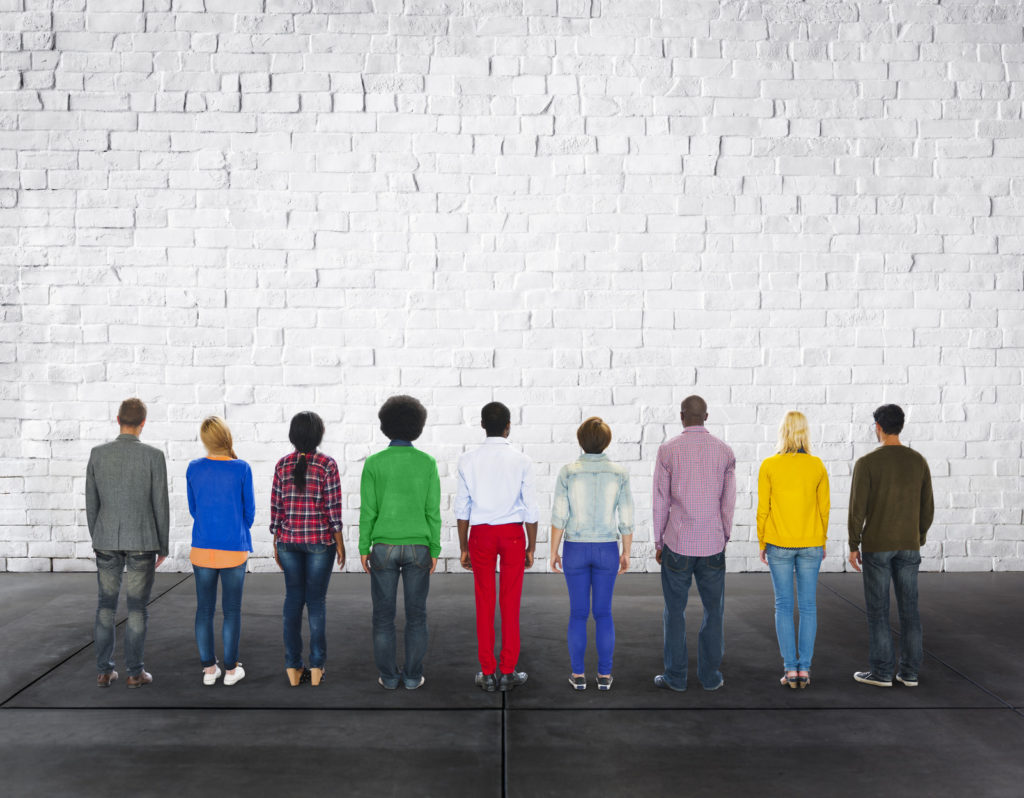
READING TIME: 4 MINUTES
There is a rising swell of discussion around diversity in the advertising and media industry but it seems many of us don’t know what we can do to fix the problem, even though it’s in our best interests to do so.
With sourcing and retaining talent regularly identified as the top challenge for today’s agencies, it makes sense to think more broadly and look to recruit from a wider pool of candidates. According to Media Federation of Australia figures, in 2015, the number of people leaving media agencies for good hit 9.4%, an increase from 4.9% the year prior. While it’s not as dire for creative agencies, many agency leaders find it difficult to attract talent in the first place.
Presently, the only information available about the ethnic makeup of the industry is anecdotal. Each year, the intake of graduates into internship programs is touted as showing a broad range of diversity but we still have a way to go to balance out the top end of adland which skews white, male, middle age and often hailing from the UK.
According to the PwC Outlook Australian Entertainment and Media 2016 – 2020 report, the average advertising and media industry employee is 27, male, Caucasian and most likely lives in Bondi or Newtown. In fact, 37% of the national entertainment and media workforce live in Sydney and of those, 24% call the eastern suburbs or the inner west home. In Melbourne, the overall number of entertainment and media workers is lower. Still, they congregate around St Kilda and Richmond. Again, not terribly diverse even from a geographical standpoint.
You may recall in 2013 a survey conducted by out-of-home media company Adshel that found more than twice as many Sydney agency people had eaten at the restaurant North Bondi Italian as had been to Parramatta.
Shifting the conversation beyond gender
Presently, much of the discussion in the industry around inclusiveness and diversity centres on gender equality. There have been several high-profile incidents in the past 12 months that have done little to shift the conversation. From Saatchi & Saatchi’s Kevin Roberts who resigned earlier this month after suggesting women are happier in non-executive roles, to advertising agency Leo Burnett hiring seven white men, which caught the attention of adland diversity campaigner Cindy Gallop who blasted the company. Clearly there is a need to bridge the gender gap which was apparent following M&C Saatchi’s birthday party at the start of the year which left the industry divided after a woman jumped out of a cake.

Still, women are not the only minority in the industry. There is much room for improvement in terms of ethnicity in agencies as Surungi Emily Hohol found when interviewing for a role at independent advertising agency Banjo earlier this month. The experienced account director was told that due to being brown skinned she wouldn’t be suitable for the role as the agency already had two other Indian people on the account. Hohol is, in fact, Sri Lankan.
Looking beyond the industry
Of course, all of this is inward facing. None of these incidents and any changes being made after they came to light address the issue of agencies being responsible for what is reflected to the public through the advertising they produce. With women now believed to be driving up to 80% of all purchasing decisions and 2011 marking a shift in the ethnic makeup of Australia with China usurping Britain as our largest source of permanent migrants and Mandarin displacing Italian as the most spoken language other than English on our shores, an all white British male industry is only going to set the industry back.
As this year’s PwC Outlook report detailed, diversity can be a huge economic driver for businesses. So even if you start small, now is the ideal time to do something positive about diversity at your agency and there are a number of ways to do this. Ogilvy’s Kieran Moore recently shared the agency’s experience of working with the Diversity Council of Australia. The Council delivered a program for the agency on unconscious bias which forms part of Ogilvy’s Diversity and Inclusion program. Michael Combs, founder and CEO of CareerTrackers, runs a program placing Indigenous Australians into organisations across the country. The program is modeled on a similar approach which began in the US and placed Native and African American interns. Combs himself had the benefit of this experience.
There’s no greater time to do something about the diversity of your organisation, particularly following the PwC report which suggests doing so could have untold positive effects on your bottom line.
Michael Combs will be speaking at the upcoming Agency Leaders Symposium. Delegates will also have the opportunity to discuss diversity with a roundtable scheduled to tackle the subject.
About Brooke Hemphill
Brooke is the former editor of Encore and B&T Magazines. She is a writer, producer and marketing communications consultant.
